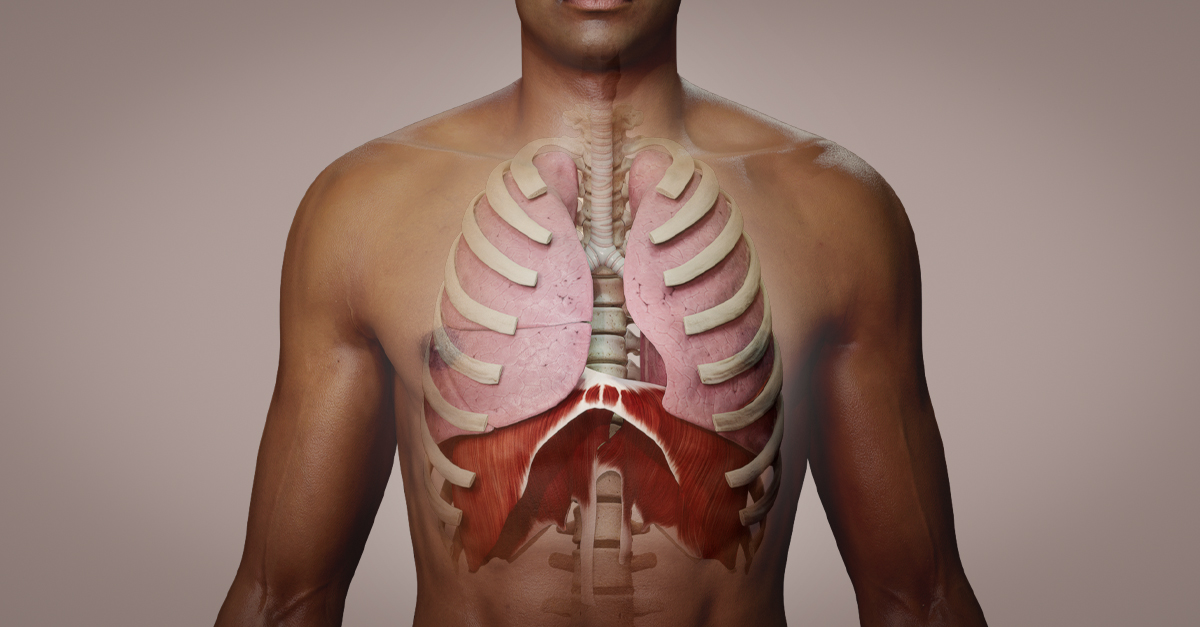
“Now take a deep breath in through the nose, and now let it out through the mouth”. If you have ever taken a yoga or breathwork class, you may be familiar with this type of command. Breathing is vital to our lives, but focusing on our breath can have multiple benefits to our wellness. Deep breathing can help us decrease stress, relieve pain, stimulate the lymphatic system, improve immunity, as well as increase our energy and lower our blood pressure. A lot goes into the mindless function of breathing though, so let’s take a closer look.
First, when you breathe in or inhale, the muscle that is your diaphragm contracts and moves downward. Your chest cavity also expands with the help of the muscles between the ribs. As this expansion happens, you channel air into your nose or mouth. The air travels down the trachea and into your lungs. It goes from the bronchi and its branches until it reaches the alveoli.
Next is the gas exchange. The oxygen from the air passes through the walls of the alveoli and into the capillaries that surround each one. Here, red blood cells pick up the protein hemoglobin. While this is happening, carbon dioxide is released as waste from all the cells in the body. The carbon dioxide that is now in the bloodstream, travels to the right side of the heart. From here, it travels through the pulmonary arteries to the lungs, into the alveoli, and is exchanged for oxygen. The carbon dioxide that traveled back to the alveoli is exhaled. Blood that is newly enriched with oxygen travels to the left side of the heart via the pulmonary veins. From here it can then be distributed to the rest of the body.
Lastly, when you breathe out or exhale, your diaphragm and rib muscles relax. This causes the space in the chest cavity to collapse. As the chest cavity shrinks, the lungs deflate. When this happens the carbon dioxide air in your lungs is pushed out through the trachea and then out your nose or mouth. This action requires little effort unless one has a respiratory disease or is doing high intensity physical activity.
Learn more about how we breathe with Complete Anatomy’s respiratory system and detailed models of the alveoli and respiratory membrane!